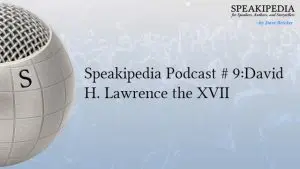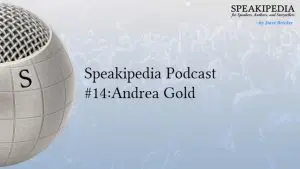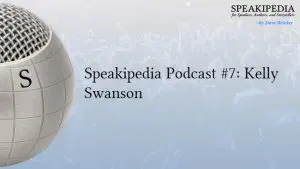So many speakers miss out on a huge opportunity to engage audiences when they narrate dialogue in past tense.
He said.
She said.
It sounds kind of like this:
A friend suggested I create a series of videos about public speaking.
“I’m not sure about that,” I replied. “Do you think anyone will watch them?”
“I think the world needs them,” he said. “Why don’t you give it a try?”
That’s all fine if you’re reading it in a book, but spoken language is different from written prose.
Try it like this:
A friend made a suggestion:
“Dave, why don’t you create a series of videos about public speaking?
“I’m not sure about that. Do you think anyone will watch them?”
“I think the world needs them. Why don’t you give it a try?”
We actually have three characters: the narrator who looks at the audience and sets the scene by telling you a friend made a suggestion, and then there’s my friend, and me in the story who doesn’t look at the camera because I’m talking to my friend.
The narrator’s voice is matter-of-fact.
My voice in the story is a bit more emphatic because I’m engaged in conversation
And my friend’s voice sounds different because he’s not me.
Which version worked better for you?





